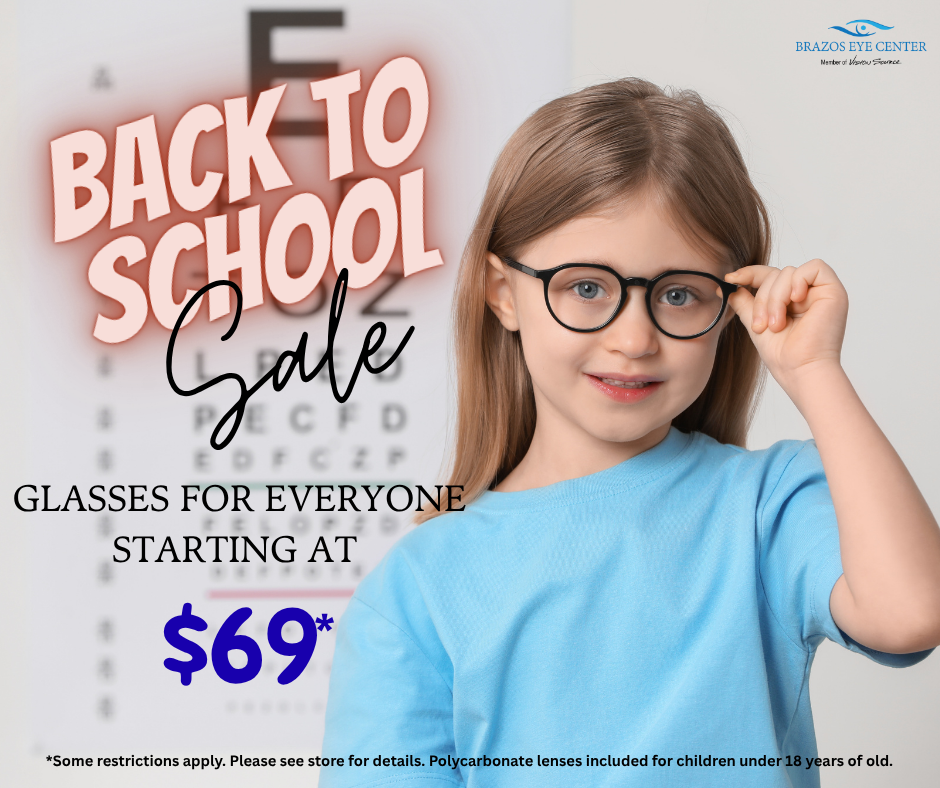
What are Neurolenses?
Neurolenses are specially designed eyeglass lenses that aim to correct eye misalignment, which can cause a variety of vision-related issues. These lenses are created using a patented design and advanced technology to provide a customized solution for each individual's unique visual needs.
Neurolenses are not your typical eyeglass lenses, as they incorporate a contoured prism into their design. This contoured prism helps to realign the eyes, allowing them to work together more effectively and reducing the strain on the visual system. By addressing the root cause of many common vision problems, Neurolenses can provide lasting relief for symptoms such as eye strain, headaches, and difficulties with focusing.
How do Neurolenses Work?
Neurolenses work by incorporating a contoured prism into the lens design. This prism helps to align the eyes more effectively, reducing the strain on the visual system and alleviating symptoms associated with eye misalignment. The contoured prism is customized for each individual based on their specific visual needs, ensuring that the lenses provide the optimal level of correction.
The process of creating Neurolenses begins with a comprehensive eye examination, which includes a specialized Neurolens assessment. This assessment is designed to measure the degree of eye misalignment and determine the appropriate level of correction needed. Once the assessment is complete, the results are used to create a customized set of Neurolenses that are tailored to the individual's unique visual needs.
Now that we have a better understanding of what Neurolenses are and how they work, let's take a closer look at some of the common vision problems that can be addressed by this innovative technology.
Common Vision Problems Addressed by Neurolens
Neurolenses can provide relief for a variety of vision-related issues that are caused by eye misalignment. Some of the most common problems that can be addressed by Neurolens technology include:
Asthenopia (eye strain): Eye strain is a common issue that many people experience, particularly after spending long hours in front of a screen. Neurolenses can help to alleviate eye strain by correcting the underlying eye misalignment, allowing the visual system to function more efficiently.
Headaches: Headaches can often be a result of eye misalignment and the strain it puts on the visual system. By correcting this misalignment, Neurolenses can provide relief from headaches that are associated with vision problems.
Difficulty focusing: Eye misalignment can make it difficult for individuals to focus on objects at various distances, leading to blurred vision or difficulties with reading. Neurolenses can help to improve focus by addressing the root cause of the issue.
Double vision: Individuals with eye misalignment may experience double vision, which can be both distracting and uncomfortable. Neurolenses can help to eliminate double vision by realigning the eyes and allowing them to work together more effectively.
Now that we have an understanding of some of the common vision problems that can be addressed by Neurolens, let's discuss how to determine if you're a candidate for this revolutionary treatment.
If you believe that you may be a candidate for Neurolens, the next step is to undergo the Neurolens assessment process.
The Neurolens Assessment Process
The Neurolens assessment process is a critical part of determining if Neurolenses are the right solution for your specific visual needs. This assessment is conducted by an eye care professional and involves a series of tests designed to measure the degree of eye misalignment and identify the appropriate level of correction needed.
The Neurolens assessment process typically includes the following steps:
Comprehensive eye examination: This examination will evaluate your overall eye health and visual acuity, including a refraction test to determine your eyeglass prescription.
Neurolens assessment: This specialized assessment involves a series of tests designed to measure the degree of eye misalignment and determine the optimal level of correction needed. The assessment typically includes measurements of the eyes' alignment at various distances, as well as tests to evaluate how the eyes work together.
Review of results and recommendations: Once the assessment is complete, your eye care professional will review the results and discuss their findings with you. If Neurolenses are recommended, they will provide you with a prescription for customized Neurolens glasses.
Now that we've covered the assessment process, let's take a look at some of the benefits of Neurolens glasses.
If you're experiencing symptoms such as eye strain, headaches, or difficulties with focusing, it's worth considering whether Neurolens is the right solution for you. Consult with an eye care professional to determine if you're a candidate for this innovative technology and to undergo the Neurolens assessment process. With the help of customized Neurolens glasses, you can experience improved visual comfort and performance and enjoy a better quality of life.
For more on determining if you are a candidate for Neurolens glasses, visit Brazos Eye Center in Rosenberg, TX. Call (832) 595-3260 today.







